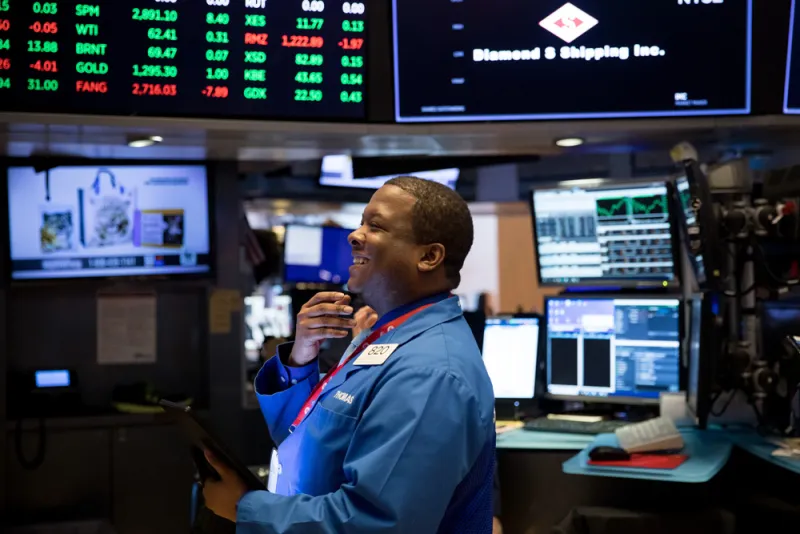Pension funding got a boost from the four record highs set in the U.S. stock market last month.
U.S. corporate pension plans were 88.6 percent funded at the end of April, rising 2 percentage points last month to reverse March’s decline, according to a Wilshire Associates statement Thursday. Aggregate funding levels for obligations are up 4.1 percentage points this year.
The Standard & Poor’s 500 stock index jumped 4 percent last month, setting four record highs that pushed gains for the year to more than 18 percent, a research report from Bank of America Corp. shows. It was the best April performance since 2009 as U.S. stocks beat all other asset classes, the bank’s strategists said in the report.
Pension plans sponsored by S&P 500 companies are benefitting from the gains based on an assumed asset allocation that includes a 32 percent exposure to U.S. equity, according to Wilshire. Their portfolios, assumed by Wilshire to include stocks outside the U.S., fixed income, and real estate, are rebounding from a tough fourth quarter.
“April’s improvement in funded ratios was driven by the increase in Treasury yields and positive public equity performance,” Ned McGuire, a managing director at Wilshire Consulting’s pension risk solutions group, said in the firm’s statement.
U.S. corporate pension assets saw a big drop in volatile markets late last year. Funding ratios fell to 84.6 percent at the end of December, the widest funding gap for promised pension benefits seen since the end of 2017, according to Wilshire a report in January.
[II Deep Dive: Pensions Among the Victims of Stocks’ Worst Year Since 2008]
All eyes this week were on the U.S. Federal Reserve, which announced May 1 that it would leave its benchmark rate unchanged at a range of 2.25 percent to 2.5 percent. Minutes of the Federal Open Market Committee’s meeting in March were released that same day, leaving investors to search for any shifts in monetary policy while weighing comments from Fed chair Jerome Powell’s press conference.
The S&P 500 fell 0.75 percent on May 1 and U.S. Treasuries recouped earlier losses “after investors settled on a more hawkish interpretation” of the Fed’s meeting, UBS Group said Thursday in a research report from its chief investment office.
“The Fed reiterated it is in no rush to move rates,” UBS said. “In our view, the Fed is unlikely to raise rates unless inflation moves above its 2 percent target, and it is unlikely to cut rates while economic conditions are strong.”
UBS is “neutral” on U.S. stocks and sees better investing opportunities in Japanese, emerging market and Canadian equities, according to its report. Wilshire’s assumed portfolio for corporate pension plans includes a 24 percent allocation to equities outside the U.S.
Stocks rallied globally last month across all major regions and most sectors, with performance this year in stark contrast to a bruising fourth quarter, according to Bank of America research. The MSCI All Country World Index rose 3.2 percent in April for a 15.2 percent return this year, the bank said in a global performance report this week.
U.S. led the globally rally, while Japan was the worst-performing region last month, with a 1.4 percent gain. Japanese equities have lagged the global index by 8.1 percent this year, Bank of America strategists said in the report.
“We retain our modest overweight position on global equities, and continue to prefer offshore Chinese equities in our Asia portfolios,” UBS said.







